As men age past 50, maintaining core stability becomes more than just a fitness goal—it’s a necessity for balance, posture, injury prevention, and overall mobility. While exercise plays a crucial role, nutrition is the foundation that fuels muscle strength, reduces inflammation, and supports recovery. The good news? You don’t need expensive supplements or gourmet ingredients. With a smart, budget-friendly weekly meal prep strategy, you can eat right, stay consistent, and see measurable improvements in core strength—starting fast and staying on track.
Core stability isn’t just about having a six-pack. It involves the deep abdominal muscles, lower back, pelvis, and diaphragm—all working together to support your spine and improve functional movement. After 50, muscle mass naturally declines (a condition known as sarcopenia), and sedentary lifestyles can weaken the core, increasing the risk of falls, back pain, and poor posture.
A strong core enhances balance, supports joint health, and improves performance in daily activities—from lifting groceries to playing with grandchildren. And the right nutrition is essential to preserve lean muscle, reduce visceral fat, and fuel physical activity.

Meal prep removes the daily decision fatigue of what to eat and ensures you’re consistently fueling your body with the nutrients it needs. The key is simplicity, balance, and cost-efficiency. Here’s how to build a weekly plan that supports core health without breaking the bank.
Prioritize foods rich in protein, fiber, healthy fats, and anti-inflammatory compounds:
Stick to whole, minimally processed foods and buy in bulk when possible. Store brands, frozen vegetables, and seasonal produce cut costs without sacrificing nutrition. Example weekly staples:
Set aside 1–2 hours on Sunday to prep the week’s foundation:
Store meals in reusable containers. Mix and match components to avoid boredom—chicken with rice and veggies one day, a grain bowl with beans and avocado the next.
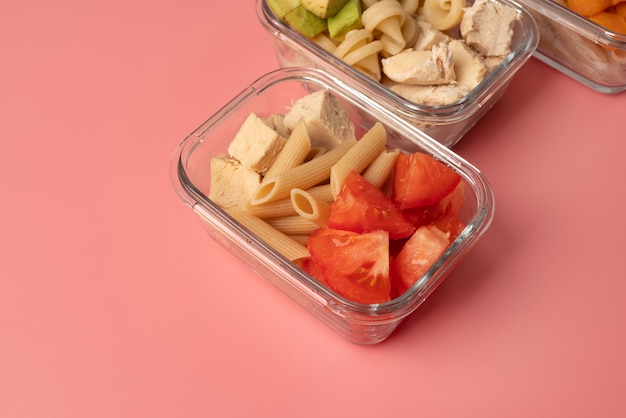
You don’t need perfection—just consistency. Begin with prepping just three meals a week. Use simple recipes: scrambled eggs with spinach for breakfast, a tuna salad wrap for lunch, grilled chicken with roasted sweet potatoes for dinner.
Use tools like shopping lists, slow cookers, or even AI-powered meal planners (as seen in recent trends) to simplify planning and reduce waste. The goal is sustainability, not complexity.
Track progress beyond the scale. Each week, assess:
Keep a simple journal or use a notes app. Small wins build motivation and prove your efforts are working.
Improving core stability after 50 isn’t just about exercise—it’s about fueling your body right, every day. With a budget-friendly weekly meal prep plan, you gain control over your nutrition, save time, and support long-term health. Start small, stay consistent, and measure real results. Your stronger, more stable future begins with what’s on your plate today.

Health

Health

Health

Health

Wellness
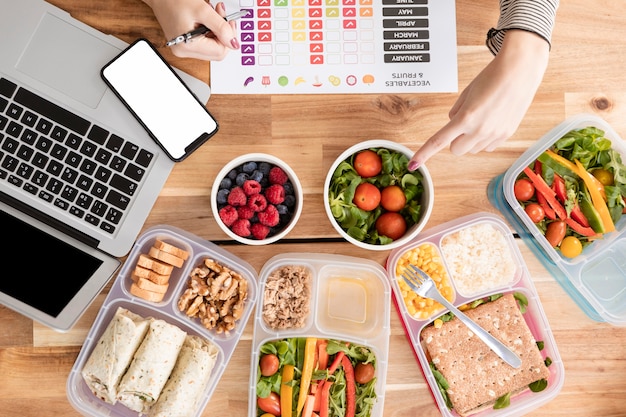
Wellness
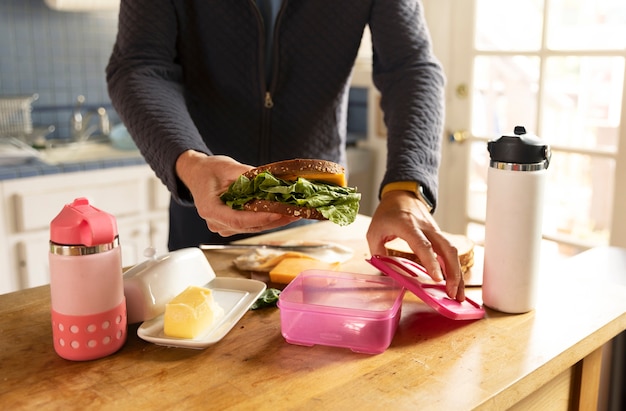
Fitness
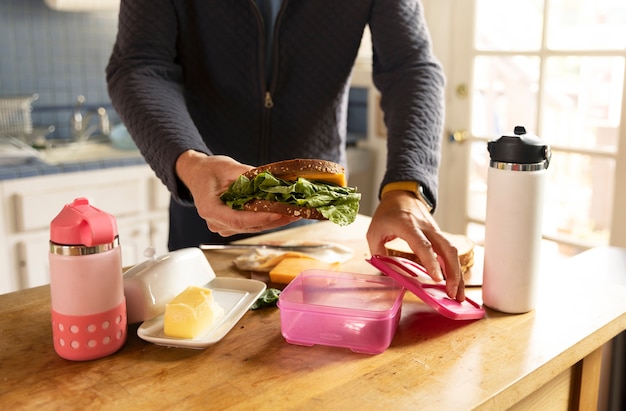
Wellness
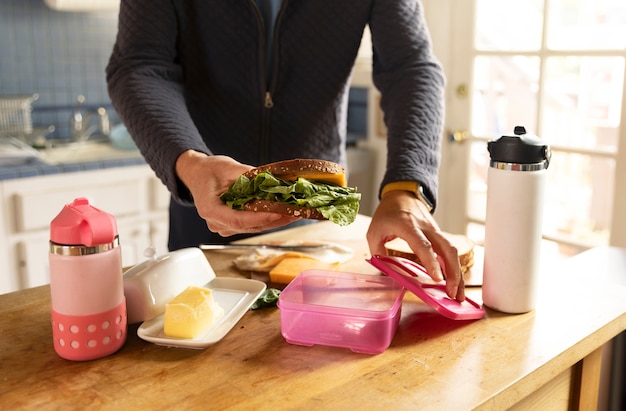
Wellness

Health

Wellness

Wellness

Health

Fitness

Health

Health